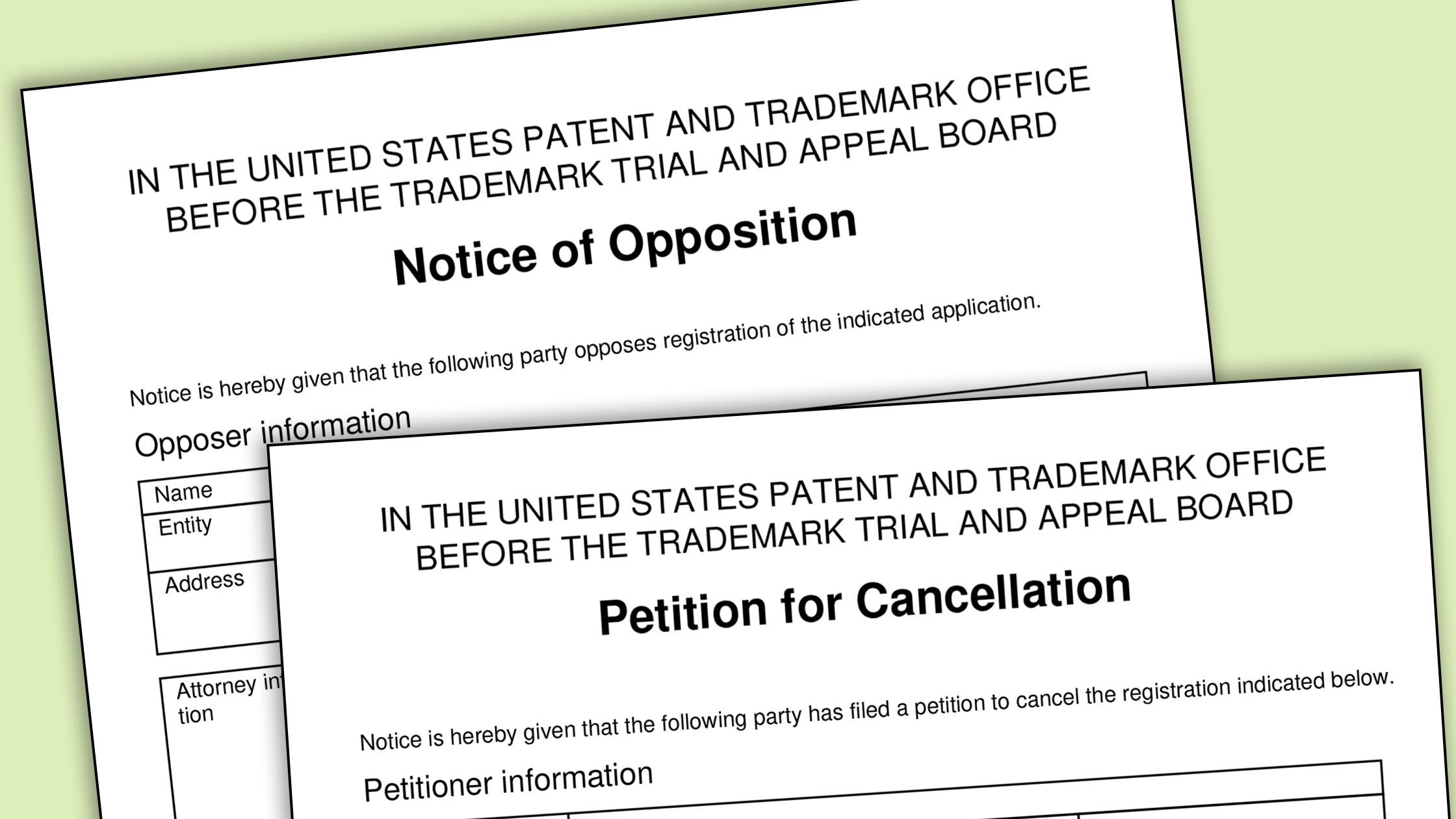What happens if the opposing party does not respond to discovery in a TTAB Opposition or Cancellation?

Navigating the USPTO’s Trademark Trial and Appeal Board (“TTAB”) can be a formidable challenge, especially for new practitioners before the Board.
A common scenario that unfolds during these proceedings involves an opposing party—or more specifically, their attorney—engaging actively during the initial stages, only to become unresponsive as the case progresses and demands more time and resources. This behavior is not uncommon, given the complex and often time-consuming nature of TTAB matters.
To counteract potential delays and to ensure that our firm has ample time to build our case, I often initiate discovery requests early in the process. This strategy serves a dual purpose:
- It accelerates the opposing side’s response time to a concise 30 days.
- It places an additional workload on them, albeit with the understanding that I remain open to reasonable extensions.
But what can be done if the other side does not respond?
Step 1: Meet and Confer
The procedural dance begins with the “meet and confer” requirement—a genuine effort to resolve disputes outside formal motions practice, typically through a call at a mutually agreed time. This is not a mere formality but a substantive attempt to find common ground and resolve the issue.
Here are some examples of what may be considered inadequate attempts to meet and confer:
Insufficient Communication Attempts
Merely sending a single email or leaving a voicemail without follow-up can be seen as an insufficient attempt to engage with the opposing party. The expectation is for a party to make multiple attempts to contact the opposing side through various communication methods over a reasonable period of time.
Lack of Specificity in Communications
Communications that are vague and do not clearly identify the issues in dispute, the specific discovery requests at issue, or a proposal for resolving the dispute may be viewed as inadequate.
Effective “meet and confer” efforts should detail the problems and suggest possible solutions. If the problem is that responses were never served, then make sure this is clear. It’s possible the other side believed they had sent them, or there is some other misunderstanding.
Refusal to Compromise
Demonstrating a willingness to compromise is a key component of the “meet and confer” process. A party that enters discussions with an inflexible attitude or unwillingness to consider alternatives may not be meeting the good faith requirement. If the other side says “I need a week to finalize everything” and you file a Motion to Compel the next day, it is unlikely that the Board will grant that Motion.
Failure to Engage in Meaningful Dialogue
Simply going through the motions of scheduling a meeting or a call without the intention of engaging in substantive discussions about the discovery dispute does not fulfill the “meet and confer” obligation. The effort must aim to genuinely resolve the issues, not just tick a procedural box.
Unreasonable Availability
Claiming to be available for a meet and confer but only offering times that are unreasonable or practically impossible for the opposing party, without attempting to find a mutually convenient time, can also be considered inadequate.
Step 2: Escalate with a Motion to Compel
Should the “meet and confer” effort falter, I send a warning that I will file a Motion to Compel on a specified date if there is no response. The Motion to Compel is then filed with the Board, with a caption and a certificate of service.
This motion necessitates a detailed exposition of the efforts made to resolve the issue in good faith, alongside the problematic absence of discovery responses.
Step 3: TTAB’s Suspension and Timeframes
Upon filing, the TTAB may suspend the case with respect to matters unrelated to the motion, underlining the importance of focusing solely on resolving the discovery dispute.
It’s crucial to remember that the filing of a Motion to Compel does not automatically halt the clock on other procedural requirements, such as making disclosures or responding to outstanding discovery requests.
Step 4: Outcome of Motion to Compel
If the opposing party fails to oppose the motion within 20 days, the TTAB is likely to issue an order compelling discovery, typically within 30 days. This Board Order will lay out exactly when and how discovery responses must be served.
Step 5: Final Resort: Motion for Sanctions
Persistent non-compliance paves the way for a Motion for Sanctions, potentially leading to judgment in favor of my client if the opposing party fails again to respond. This drastic step underscores the critical nature of discovery in building or defending a case.
It is also important to adhere to the specific timing for filing motions to compel, which the TBMP (Trademark Trial & Appeal Board Manual of Procedures) outlines clearly. These deadlines are designed to ensure that discovery disputes are resolved in a timely manner, allowing the case to proceed to trial without undue delay.
Final Thoughts
Navigating a TTAB proceeding when faced with a non-responsive party requires a blend of strategic timing, procedural knowledge, and the willingness to engage in good-faith negotiations.
The journey from initial discovery requests to potential sanctions for non-compliance is fraught with both opportunity and obstacle. By understanding and adhering to the detailed procedures set forth in the TBMP, practitioners can effectively manage discovery disputes, ensuring a fair and efficient resolution for their clients.
Do you need assistance with a trademark matter?
Contact an Attorney Today